
Copper sulphide ore is one of the main sources of copper resources in the world, mainly including chalcopyrite, chalcocite, covellite and bornite. Common gangue minerals are quartz, calcite, feldspar, dolomite, sericite and chlorite. The efficient development and utilization of copper sulphide ore resources is of great significance to ensure the sustainable supply of copper resources in the world and my country. Flotation technology is widely used in the enrichment and separation of sulfide ores, which can achieve the effective utilization of low-grade minerals. According to the different properties of the ore, copper sulfide ores can be divided into single copper sulfide ores and polymetallic copper sulfide ores. Due to the complexity of mineral composition and structure, different types of copper sulfide ores also have different flotation process flows.
Due to the different occurrences of single copper sulphide ore, its structure and structure change greatly, which makes the difficulty of separating copper minerals from gangue different. Therefore, the grinding fineness becomes the key to affecting the flotation index of single sulfide copper ore.
01 One-stage grinding-flotation process
This process is suitable for ores with coarse and uniform copper mineral distribution, in which the combination of copper minerals and gangue is relatively loose, and the edges are smooth and flat. When the original ore is ground to -200 mesh and accounts for 50-60%, the copper mineral is basically separated into monomers. Good flotation indicators can be obtained through roughing, scavenging and one to three times of fine cleaning. The process is simple and low cost, suitable for small and medium-sized ore dressing plants.
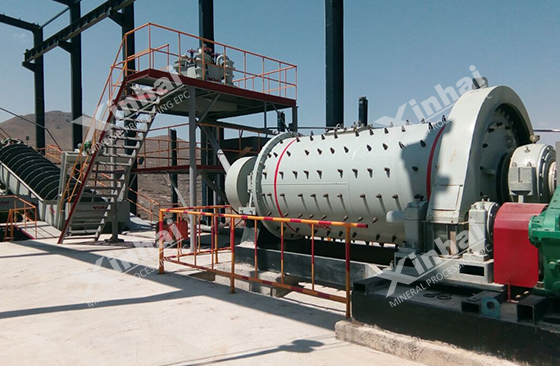
02 One-stage grinding-flotation-coarse concentrate regrinding process
Applicable to porphyry copper or copper-molybdenum ore, the raw ore is ground to -200 mesh accounting for 40-70%. A large amount of tailings are removed after roughing and scavenging. The coarse concentrate is regrinded and then refined twice or three times to obtain copper concentrate. The tailings of the first concentrator in the flotation cycle can be discarded or returned to the roughing cycle, and some concentrators will also regrind the middlings separately. This process can bring better economic benefits when the raw ore grade is low and the processing volume is large. In addition, due to the regrinding of the coarse concentrate, the monomer dissociation degree of copper minerals and gangue is improved, thereby improving the quality of the flotation concentrate.

03 Two-stage grinding - two-stage (or one-stage) flotation process
For copper ores with uneven coarse and fine distribution, the ore needs to be ground to -200 mesh, accounting for 80% or finer particles, in order to achieve the monomer dissociation of copper minerals. At this time, two-stage grinding is superior to one-stage grinding in terms of efficiency and prevention of over-grinding. After the first stage of coarse grinding, part of the coarse copper minerals can be floated out to avoid excessive crushing. This part of the concentrate is generally of high grade and can be used directly as concentrate, or it can be combined with the concentrate obtained by flotation after two-stage grinding for fine concentration. If there are fewer coarse copper minerals in the ore, a flotation process after two-stage grinding can be used. The flotation cycle usually adopts scavenging and two to three fine concentrations, and the medium ore returns to the two-stage grinding closed loop. Relatively speaking, this process has a high grinding cost, complex equipment configuration and operation, and is suitable for large and medium-sized ore dressing plants.
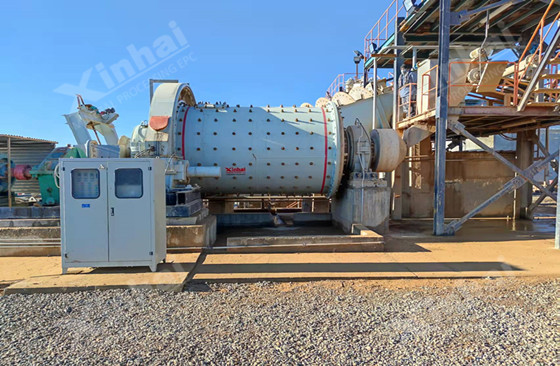
Polymetallic copper sulphide ore has complex mineral composition and tight structure, involving a variety of copper minerals and pyrite, galena, sphalerite and other minerals. Therefore, a specific process flow is required in the flotation process to achieve efficient separation and recovery.
01 Multi-stage flotation process flow
This process is aimed at copper sulfide minerals containing iron sulfide. Due to its relatively simple composition, the multi-stage flotation process flow has become a conventional treatment method, focusing on the effective separation of copper and sulfur. This process flow usually includes multi-stage roughing, multi-stage concentrating and scavenging closed-circuit flotation, which can bring good recovery effects. However, for copper sulfide ores with more complex mineral compositions, the multi-stage flotation process may not achieve ideal mineral processing results.
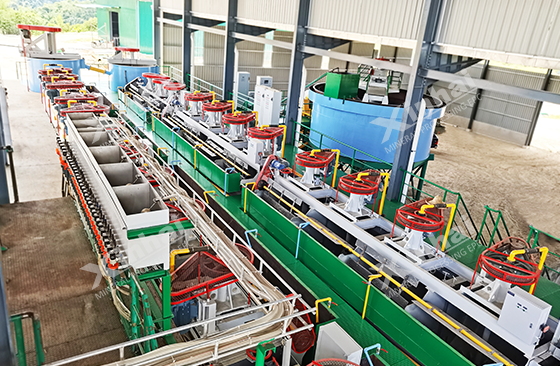
02 Asynchronous flotation process
It is suitable for copper sulphide ore with various types and complex structures, especially blue copper ore and arsenic sulfide copper ore. Since the floating speed of various copper minerals is different, the copper minerals that are easy to float are first roughly selected, and then the copper minerals that are difficult to float are re-grinded and the intermediate ore is re-selected to obtain a higher grade copper concentrate.
03 Flotation - Mixed Concentrate Separation Process
It is mainly aimed at copper sulfide ores with complex symbiosis with chalcopyrite, sphalerite and galena and low grade. After rough grinding and rough selection of the raw ore to remove a large amount of gangue minerals, a copper-lead-zinc mixed concentrate is obtained, and then the copper-lead-zinc ore is separated and processed separately to obtain a single copper mineral. Although this process can achieve the separate recovery of the three minerals, there is also a risk of incomplete separation of the mixed concentrate.
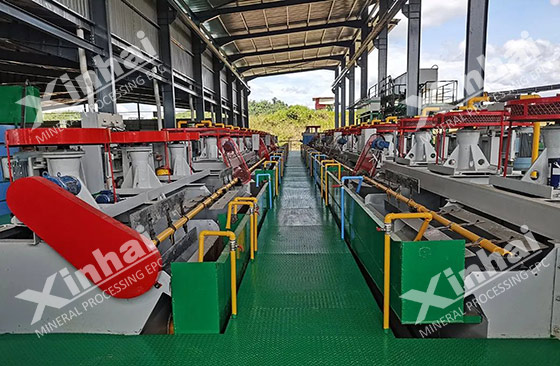
04 Other flotation process flows
Selective flotation is carried out based on the flotation speed of copper minerals and other metal minerals. By flotating the minerals with fast and slow flotation speeds separately, the influence of residual flotation reagents on flotation separation can be reduced, and the amount of reagents used can be reduced. However, this process flow is relatively complex, time-consuming, and requires more grinding equipment.
Selecting a suitable mineral processing process needs to consider factors such as the material composition, structural structure, embedded particle size, mineral selectivity, and the occurrence state of beneficial and harmful elements of the ore. Therefore, mineral processing tests must be carried out to determine the appropriate process flow based on the test results to improve the flotation efficiency and quality of copper ore.
1. Yunnan 4400tpd copper concentrator project
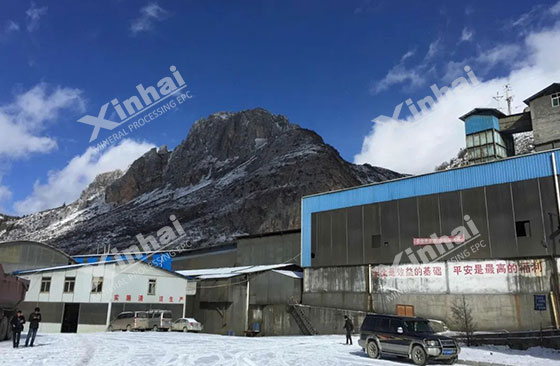
2. Chile 700tpd copper concentrator project
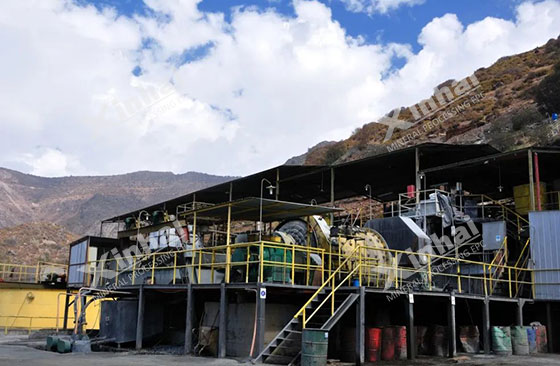
3. Xinjiang 1000tpd copper-nickel concentrator project
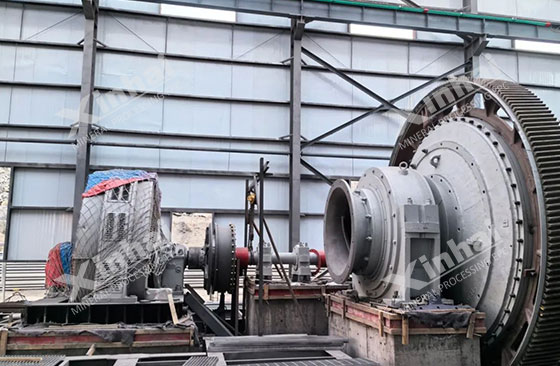
4. Nigeria 1000tpd copper-silver concentrator project
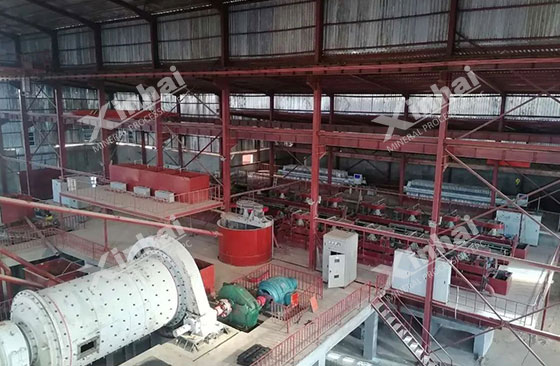
5. Laos 500tpd gold-copper concentrator project
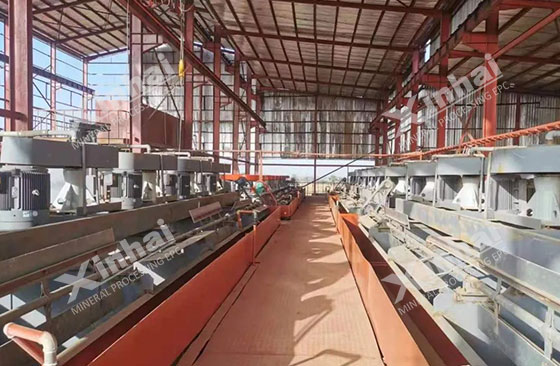
6. Iran 500tpd lead-zinc concentrator project
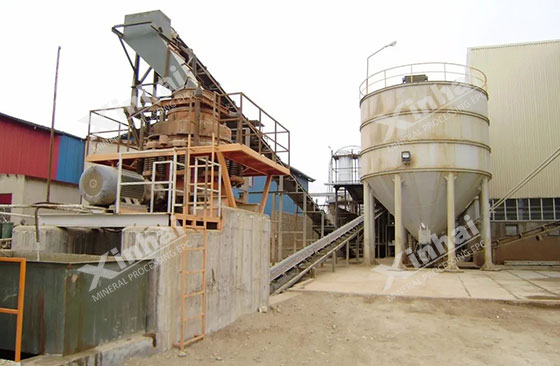
To find out more about our products and solutions, please fill out the form below and one of our experts will get back to you shortly.